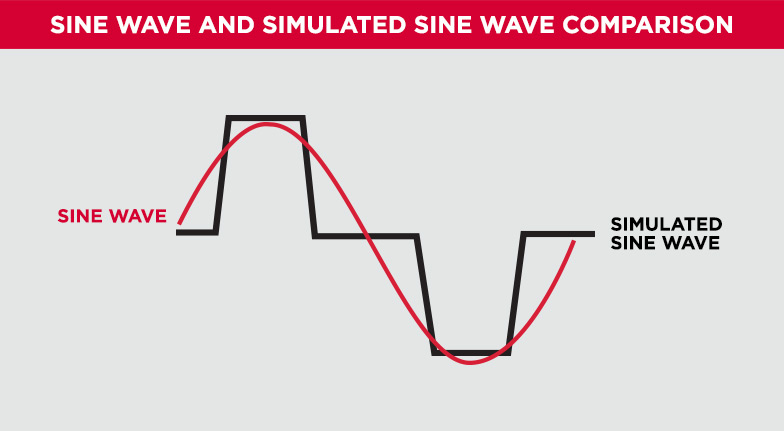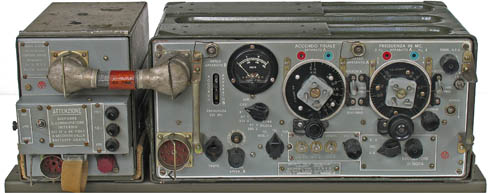- Joined
- 24 Nov 2004
- Messages
- 450
- Reaction score
- 7
- Country

when using 12V or 24VDC inverters (or indeed inexpensive inverter petrol generators) to power standard 240VAC computer equipment, what are the implications of the noise inherent in such inverters?
people talk about electrical noise from inverters, and "dirty power", is this really a thing?
people talk about electrical noise from inverters, and "dirty power", is this really a thing?


